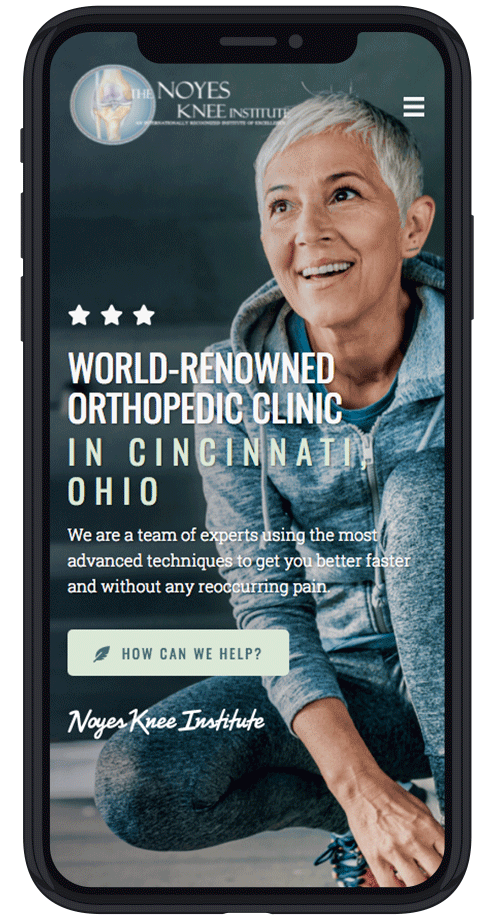Published On
Category
Does your knee sometimes feel like it’s about to give out? Perhaps you have the sensation that if you put all of your weight on your one leg or bend your knee in a certain way, it will collapse under you. Whether you actually collapse or just feel like you’re about to, this symptom is known as knee instability. Although knee instability has many possible causes, the following four are the most common.
1. ACL Injuries
The anterior cruciate ligament, or ACL, is a tough piece of connective tissue that connects the femur to the tibia. This ligament can tear or become strained when you plant your leg and pivot sharply. ACL injuries are common in soccer players, football players, and other athletes.
If you suffered this type of injury, your knee probably felt painful and swollen after the injury occurred. Serious ACL injuries may make it nearly impossible to walk, but less-serious tears may only cause moderate pain, stiffness, and feelings of instability.
Mild ACL tears may resolve on their own with rest, physical therapy, and use of a knee brace. However, most tears do require surgical repair. Your doctor may send you for a few weeks of physical therapy before surgery; this will help you regain your range of motion more quickly after surgery.
2. MCL Injuries
The medial cruciate ligament, or MCL, extends down the inside of the knee, connecting the femur to the tibia. This ligament prevents the knee joint from rotating too far from the inside. So when the MCL is injured, you may feel like your knee is about to collapse inward. Other symptoms of an MCL tear include swelling, pain, and stiffness that seem mostly isolated to the inside of the knee.
MCL injuries can occur when your knee is hit on the outside. Unlike ACL injuries, they don’t typically require surgical repair. Your doctor will likely recommend wearing a cast or brace for several weeks. Icing and elevating the knee will help, as will taking over-the-counter pain relievers.
3. PCL Injuries
The third major ligament that stabilizes the knee joint is the posterior cruciate ligament, or PCL. This ligament keeps your knee from bending too far backward. It is not injured as often as the ACL or MCL, but it can become strained if you hyperextend your knee or if you suffer a direct blow to the knee, like in a car crash.
If your PCL is to blame for feelings of knee instability, you may also notice that your entire knee feels stiff. In this case, the instability is often described as a feeling of overall looseness in the knee. Swelling usually appears and is quite noticeable within hours of the injury.
4. Patellar Instability
Another possibility is that your kneecap, or patella, has become pushed out of the groove in which it sits on top of your knee joint. If this is the case, you will probably notice that your kneecap has shifted out of place. The knee may lock into place from time to time, and you’ll notice pain beneath your kneecap.
Patellar instability can occur as the result of a traumatic injury, or it can be a chronic issue caused by a deformity of the knee. Treatment usually involves rest, wearing a knee brace, and undergoing a period of physical therapy to strengthen the muscles that hold the kneecap in place. If these treatments are not successful, you may need surgery to repair the cartilage around your kneecap.
If your knee feels unstable or like it is going to collapse, do not ignore this symptom. Contact the doctors at The Noyes Knee Institute. We can conduct tests and analyze your symptoms to determine the case of your instability, and then design a personalized treatment protocol to have you feeling stable again.

